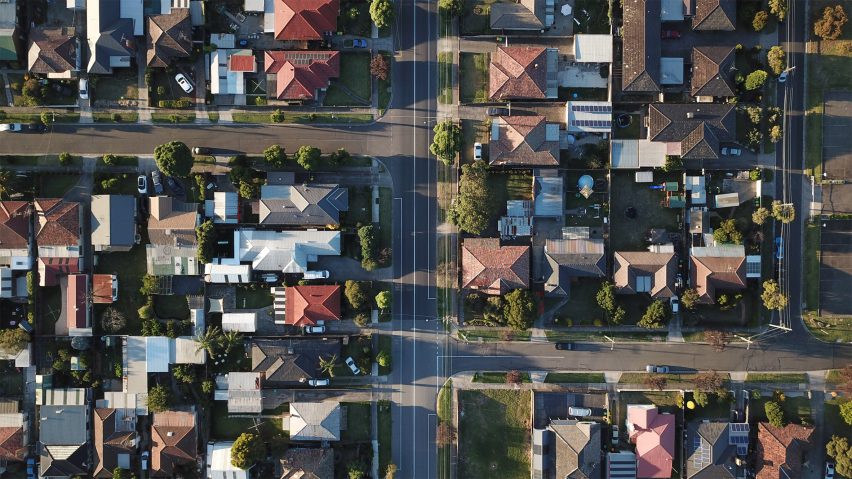
Climate Safe Rooms retrofits Australian homes to protect vulnerable residents in extreme temperatures
Continuing our Designing for Disaster series, we spotlight Climate Safe Rooms, an initiative that insulates one room in a home as a cost-effective way of preparing low-income homes in Australia for extreme heat.
The project was created by Tim Adams for Victoria-based not-for-profit community group Geelong Sustainability, which so far has implemented a Climate Safe Room in 16 vulnerable homes.
Rather than retrofitting the whole home, which can be costly, the project focuses on making a single room a comfortable refuge to retreat to in extremely hot and cold temperatures.
"The idea of climate safe rooms was to say, okay, the whole house is difficult and expensive to deal with, let's make sure that there's a part of the house that can be made to be habitable comfortably, both in winter and summer," Adams told Dezeen.
Heat kills more people in Australia than any other natural hazard, with older people, children and those with medical conditions most at risk.
Extreme heatwaves in Victoria in 2009 and 2014 caused an estimated 541 deaths combined. Such events are expected to become more common as a result of climate change.
The Climate Safe Rooms project was funded by the Victorian government, which identified low-income and vulnerable households to receive the retrofit.
The chosen room, most commonly the living or dining room, is enveloped with insulation, with blinds and curtains added to windows, cracks and unnecessary vents sealed and recessed light fittings in ceilings that can cause roof leakages removed.
Reverse-cycle electric air-conditioning systems are added for heating and cooling the room, and photovoltaic panels, enough to generate at least the energy needed for the air conditioning, are added to the home's roof.
"We had to be very careful that we made sure that people weren't going to suffer an operational cost," explained Adams.
The initiative aims to combat poorly built housing across Victoria, most of which was constructed in the 1970s without consideration of energy efficiency, according to Adams.
Victoria building stock "performs very poorly"
"Building standards are now better, and we're building to a high standard, but we've got a massive amount of existing building stock that performs very poorly," he explained.
Adams was motivated to create the Climate Safe Rooms project by the increasing extreme weather conditions in Australia, which is experiencing both extremely hot and cold temperatures that put people's lives at risk.
"Australia is a country of extreme weather conditions from time to time, but what clearly is happening is they are occurring more frequently," said Adams.
"The importance of building climate-resilient homes is gaining recognition, but very slowly."
Geelong Sustainability worked with local retrofit company Ecomaster to carry out the retrofits on the rooms, and Australian government organisation CSIRO provided equipment to monitor changes in the occupation of the homes.
Data was collected over an 18-month period, recording energy use, thermal comfort and health and wellbeing.
"The candidate survey information shows that people benefited not only improved physical health but also their mental health because they're less worried about potential suffering caused by extreme weather events," said Adams.
A report published by Geelong Sustainability claimed that residents in homes with a Climate Safe Room felt 33 per cent more comfortable during winter and 100 per cent more comfortable in the hotter months.
It also stated that energy bills were reduced by up to 45 per cent in the summer.
Adams hopes that the positive data results means the Climate Safe Rooms project will be replicated in other homes.
"The task to bring existing buildings up to a better standard is enormous," said Adams. "We're very confident now that we've shown the benefits of the programme and a good reason why other people should pick it up and do something similar."
The photo is by Tom Rumble via Unsplash.

Designing for Disaster
This article is part of Dezeen's Designing for Disaster series, which explores the ways that design can help prevent, mitigate and recover from natural hazards as climate change makes extreme weather events increasingly common.